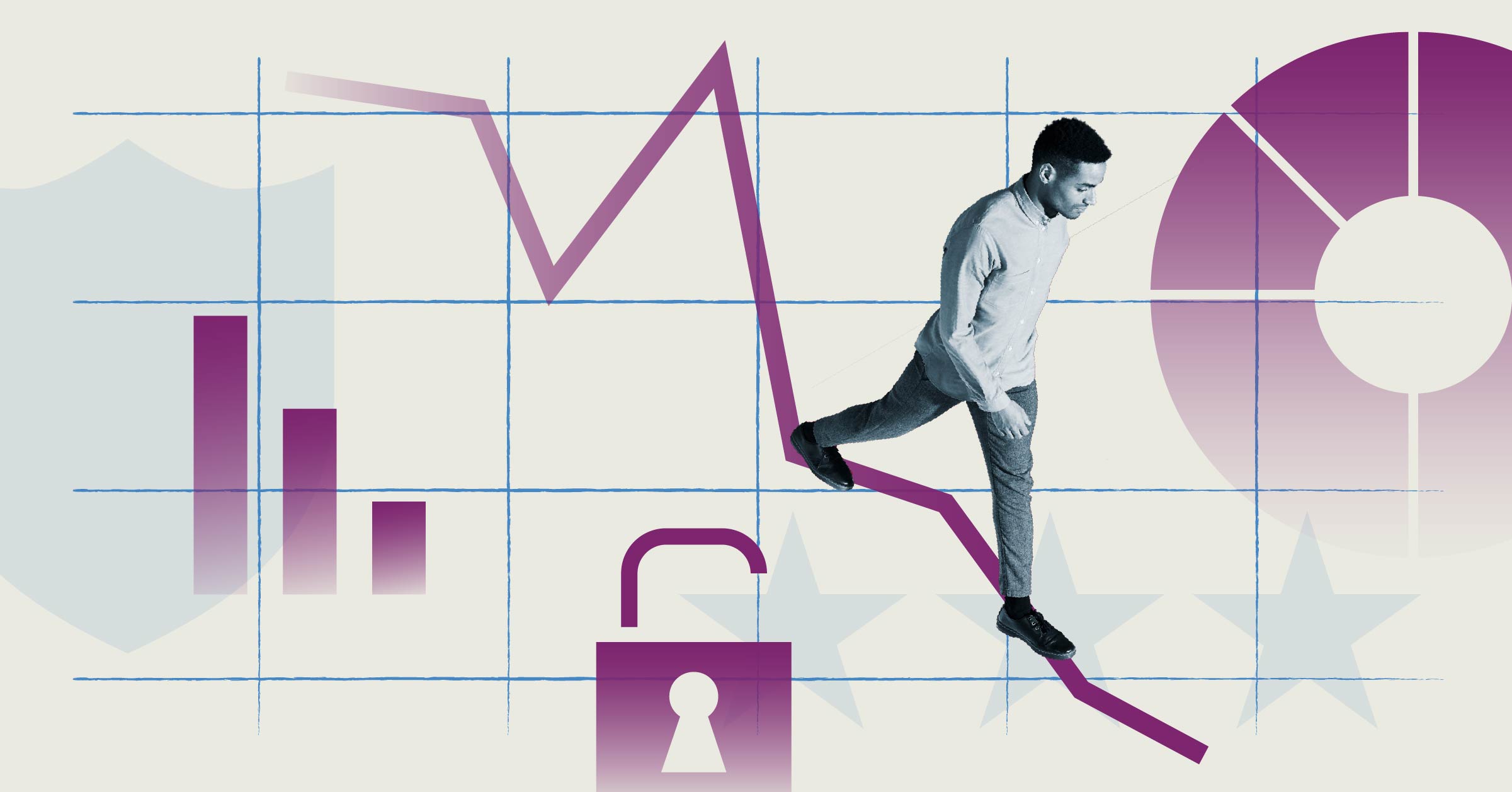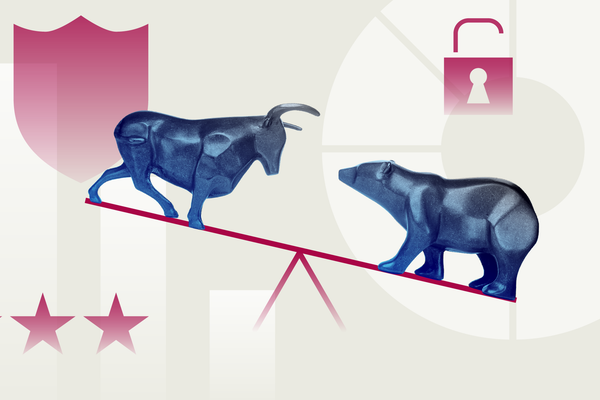
Central bank monetary tightening to diminish inflationary pressures has had a damaging effect on high-yield bonds. Yet long-time fixed income specialist Geoff Castle, who manages the $1.4 billion 5-star Pender Corporate Bond F, maintains that the rate hiking cycle may be soon nearing an end and prospects for high yield bonds look much better into 2023.
“We are getting near the end of tightening,” says Castle, a portfolio manager at Vancouver-based PenderFund Capital Management Ltd. “If you look at the ingredients behind inflation those things tend to be turning down. Commodity prices have been coming down. Look at purchasing manager indices, which indicate new orders, are also heading down quite dramatically. If you look at wage growth, which has been one of the bugaboos of the Federal Reserve, in the last couple of months it seems that the momentum has stalled and started to recede. Sometimes, it takes a while for this to show up in the CPI [consumer price index],” he says, noting that people are cutting back on consumption and new investments. “And that’s going to lead to lower inflation and it’s good for bonds, especially higher-quality bonds.”
The futures market is indicating that there is likely to be another 75-basis point rate hike by the Federal Reserve, says Castle, a 22-year industry veteran who joined PenderFund in 2015. He began his career as an equity analyst for Burlington, ON-based AIC Ltd. and transitioned to credit, working for Vancouver-based Powerex Corp., where he evaluated the creditworthiness of North American energy firms and later managed fixed income investments at a family office of a high net worth individual in Vancouver.
Investors Distracted by the Pain
“I think we are near the end of the cycle,” Castle adds. “For now, people are too busy being punched in the stomach to heave any sighs of relief. But we are closer to the end, than the beginning, for sure. Whether it’s one or two more announcements from the Fed, we have tightened enough into a downturn, so maybe it’s time to stop.”
Castle does note that companies that are just hanging on may not get as much respite from an end in the rate hiking cycle because they will suffer due to an economy that may be a bit weaker. But stronger companies with better fundamentals should be able to withstand a potential downturn.
Four Signs of Extreme Sentiment
Back in August, Castle wrote in a fund commentary that it may be time, figuratively speaking, “to go back in the water.” There are several elements at play, he argues: “First, if you look at the price of high-quality bonds, we’re seeing the highest yields in 14 years. Second, if you look at the positioning of market participants, you will see fairly substantial net-short positions in things such as major high-yield bond ETFs [exchange-traded funds]. One of them in mid-September showed that 45% of its entire float has been sold short. That gives you an indication of how the market is positioned.”
Great Setup for Contrarians
Third, looking at fund flows reveals that it’s been an extraordinarily negative year for mutual funds and ETFs. “There has been significant unit destruction among ETFs. Some are half the size they were a couple of years ago.” Fourth, Castle believes that investor sentiment around expectations for treasury yields has been more hawkish than at any time in the past decade. “If you put all these things together---with price being cheap, and flows and sentiment being against the market—and you think about what a great set-up for a contrary turn is, then that seems to be it.”
The opposite was the case back in August 2020, when yields were very low and sentiment strong. “That happened to coincide with the all-time highs of the bond indices,” observes Castle. “This is just the inverse situation.”
Top-Quartile Performer
Year-to-date (Oct. 12) the High Yield Fixed Income category has returned -11.66%. In contrast, and thanks to some deft positioning, Pender Corporate Bond F returned -6.73%. Over one-, three- and five years, the top quartile fund has produced strong results. It returned an annualized 4.54% over five years, versus 0.60% for the category.
“We were not Nostradamus, but we did believe that rates could potentially go higher. So we kept a relatively short duration and focused on high-quality bonds. That has reduced the effects of rising interest rates,” says Castle. “Where we do have risk positions, we chose a select number of high conviction names but have confidence that they can withstand hurricane-force economic winds.”
Time to Dip Your Toe?
As a consequence of where the market is, Castle argues it’s time to “go back into the water,” especially for investing in higher-quality bonds. These include well-secured investment-grade bonds and high yield issues, that while rating agencies have not granted them investment-grade status, they exhibit strong fundamentals, such as low debt-to-capitalization, strong interest rate coverage, and a lot of assets that can be sold in a hurry if need be. “These are things that can give you a very strong credit profile, but the rating agencies sometimes take quite a long time to award an investment grade rating. And sometimes the company isn’t issuing any new debt and the rating agency has no reason to look at it.”
Currently, the spread between high-yield bonds and US treasuries is 500 bps to 550 bps. “Another statistic to think about is the all-in yield, or the spread plus the risk-free rate. That’s between 900 bps and 950 bps,” says Castle. “From an all-in yield perspective, it’s pretty similar to the high end of all-in yields in 2016 and 2012, when there were market lows. But the spread is not as wide [as in 2012 and 2016] because we are dealing with a much higher Fed funds rate and yield curve,” says Castle. “If you had to use weather patterns as an analogy, and in the last 20 years there has been one hurricane and four heavy rainstorms, then we are at the level of one heavy rainstorm, but not at the hurricane level.”
Raising the Duration
From a strategic viewpoint, Castle has taken advantage of higher yields and increased the duration to 3.9 years, from 3.4 years in June. In contrast, the duration for the benchmark ICE BofA US High Yield Index is five years. On a geographic basis, about 56% of the fund is in U.S. issuers, 28.2% in Canadian bonds, and the balance is in a mix of international bonds and preferred shares. Currently, the fund is invested in the securities of 123 issuers. About 26% is held in investment-grade bonds and 74% is high yield (rated BB+ and lower). The fund’s running yield is 6%, before fees.
Key Corporate Bond Criteria
In selecting securities, Castle seeks several attributes. “We’re looking for good value. The question is, ‘Are we getting an enterprise cheaper than what the value should be? Are we getting a value deal?’ The second thing we look for is the business's risks. Do they have a strong moat around their business? Finally, we ask, ‘Is the business strong from a financial perspective? What does the balance sheet look like and how much leverage is there relative to expected cash flow?’”
One representative holding is a BBB- rated senior secured bond from Verisign Inc. (VRSN), that matures in 2027 and has a 5.7% yield to maturity. “The company has a monopoly on the registry of dot.com domain names. There are 160 million domain names and each has to pay US$8.97 a year. The business is phenomenally profitable. Net debt on the company is about equal to one year of free cash flow. It’s a relatively fire-proof house.”
Another holding is Uber Technologies Inc. (UBER), a leading ride-sharing service which offers a B-plus-rated term loan maturing in 2025 and yielding 7.3%. “Both of these are examples where you are taking on relatively low risk. Nothing is entirely risk-free. But on the one hand, you’re getting 5.7% and on the other hand 7.3%. It goes to show how much yields have expanded in relatively risk-free situations.”
Solid Short-Term Spread
Looking ahead, he concedes that the bond market is not exactly flashing a “green light” for every part of the market. But there is a high probability investors are making a nice return on higher-quality short-term corporate credit, says Castle. “If you think of short-term government bonds—and for example, two-year U.S. treasuries yield 4.2%---and put some spread on top of that for a corporate bond, then you might be talking about 5.5%.”








:quality(80)/cloudfront-us-east-1.images.arcpublishing.com/morningstar/VYKWT2BHIZFVLEWUKAUIBGNAH4.jpg)














